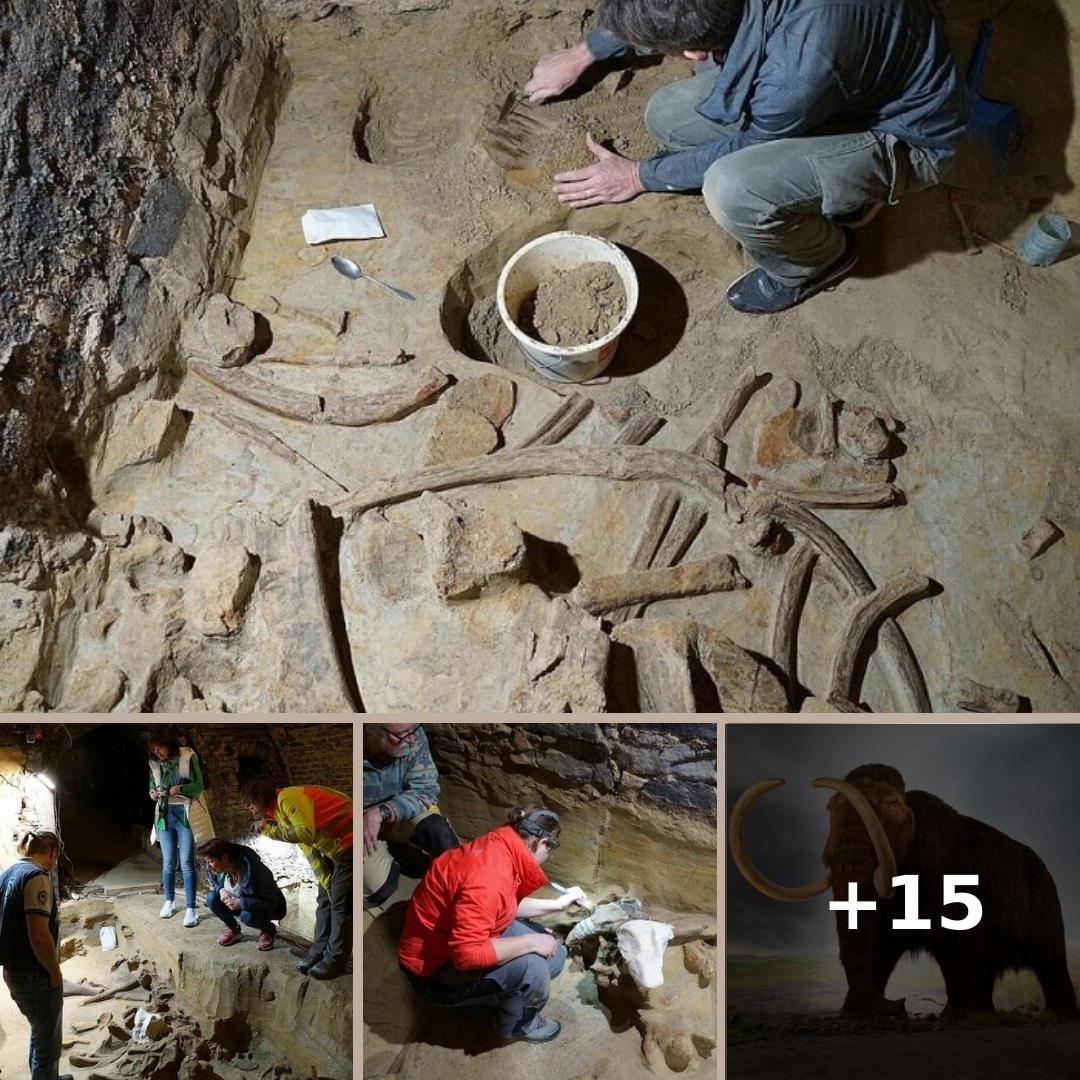The mammoth bones are between 30,000 and 40,000 years old and were well-preserved by the surrounding sediment.
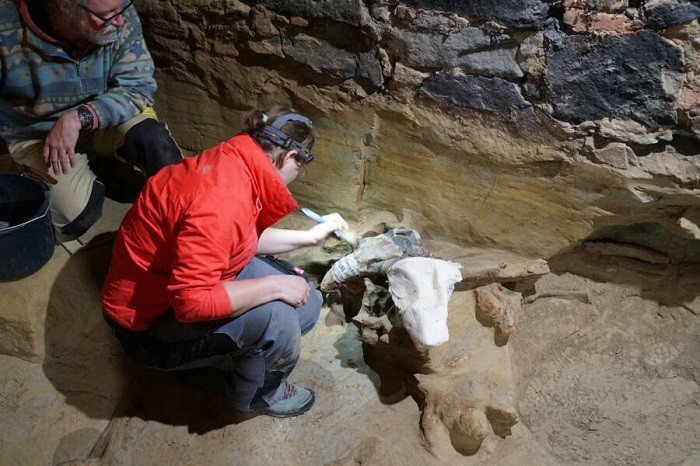
While renovating his wine cellar in Gobelsburg, Austria, winemaker Andreas Pernerstorfer came across something much, much older than the bottles he’d collected: a vast cluster of woolly mammoth bones.
These 300 bones belonged to at least three mammoths, and are between 30,000 and 40,000 years old. Astounded researchers called the surprise discovery of the bones “the most significant find of this kind in more than 100 years.”
The Bones In The Wine Cellar
Andreas Pernerstorfer came across the bones while he was renovating his wine cellar and attempting to level the floor. At first he thought the bones were wood, until he remembered something his grandfather had once found.
“I thought it was just a piece of wood left by my grandfather,” Pernerstorfer explained to local media in Austria. “But then I dug it out a bit and then I remembered that in the past my grandfather said he had found teeth. And then I immediately thought it was a mammoth.”
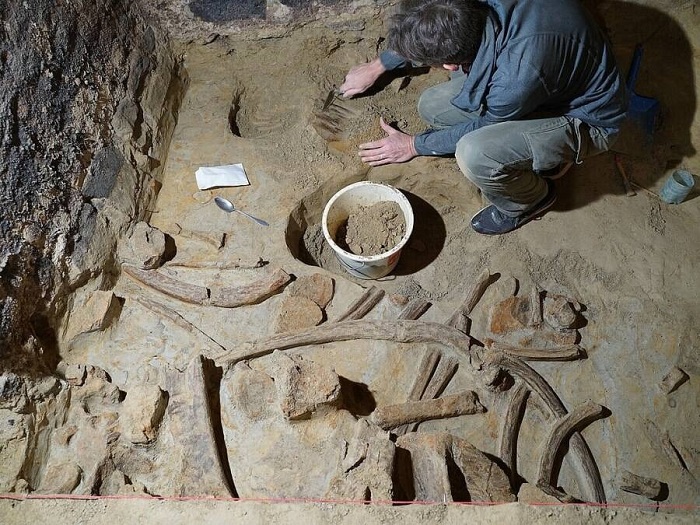
Pernerstorfer reported the bones to the authorities, and a team of archaeologists from the Austrian Archaeological Institute of the Austrian Academy of Sciences (OeAW) descended on his cellar to investigate.
“We were really excited when we got the call from the Federal Heritage Management Authority that the bones had been found and we were invited to check them out as specialist consultants,” archaeologist Hannah Parow-Souchon, who led the excavation, told All That’s Interesting in an email. “First we thought it’s just a few bones, which would not have been too uncommon, but it quickly turned out to be a massive bone bed and at the end of the first or second day we understood the full scope of this.”
During their excavation — which Parow-Souchon told All That’s Interesting could be tricky, given the damp, cold conditions in the cellar — archaeologists discovered more than 300 bones that constitute the remains of at least three mammoths who died between 30,000 and 40,000 years ago. Mammoths went extinct between 14,000 and 10,000 years ago.
“It is the most significant find of this kind in more than 100 years,” an OeAW statement raved. “Researchers…are calling it an archaeological sensation.”
So how did these mammoths end up there?
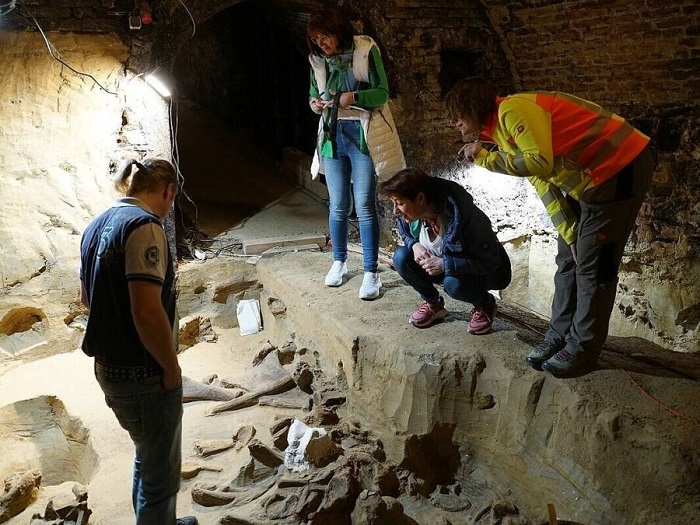
Lingering Questions About The Woolly Mammoths In The Austrian Wine Cellar
A number of questions still remain about the mammoths discovered in the wine cellar. Archaeologists aren’t sure, for example, how and why they ended up buried together at the site.
It could be that Stone Age humans set a hunting trap for them there, and that they subsequently perished together. For instance, the remains of this sort of mammoth trap were found in Mexico in 2019.
“How the mammoth got there is of course the central question we are trying to answer,” Parow-Souchon remarked to All That’s Interesting. “A definite answer will have to wait until we have finished all research but we currently think that humans were involved and might have hunted the animals at that location. But it is also possible that they ended up there by natural processes which we will need to exclude.”
Indeed, past discoveries have hinted at prehistoric human activity in the area. About 150 years ago, flint artifacts, jewelry, and charcoal were discovered in an adjacent wine cellar. These items were also between 30,000 and 40,000 years old, suggesting that they could have once been part of the same site as the mammoth bones.
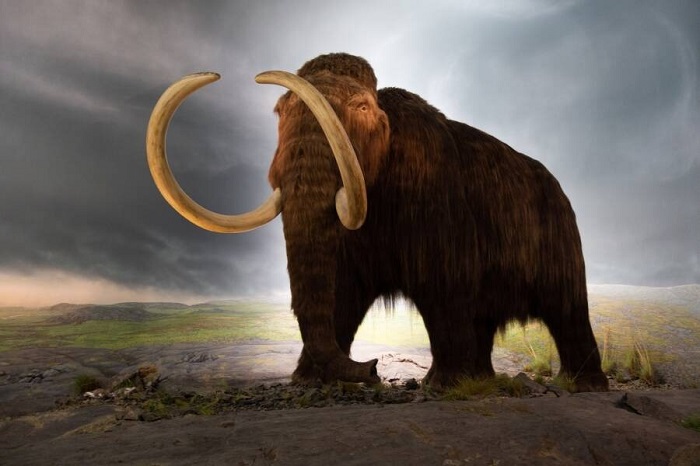
According to the OeAW statement, the discovery of the mammoth bones presents “a unique opportunity for research” since “other comparable sites in Austria and neighbouring countries were mostly excavated at least 100 years ago and are largely lost to modern research.”
The bones will be further examined by researchers and then handed off to the Natural History Museum Vienna, where they will be stored for the foreseeable future.
It’s not the first time in recent years that mammoth bones have been unearthed in surprising places. Last year, a girl in Russia came across 100,000 year old mammoth bones while fishing with her father, and a boy in Oregon stumbled across a 10,000-year-old mammoth tooth while playing in his grandmother’s backyard.
Though mammoths have been extinct for tens of thousands of years, mammoth remains are still all around us. And their bones offer a glimpse at how they lived, died, and interacted with prehistoric humans.
After reading about the mammoth bones discovered in an Austrian wine cellar, learn more about other prehistoric animals who once roamed the Earth. Then, learn about Megatherium, the prehistoric sloth said to still live deep in the Amazon.
